The Magic of Picture Book Humor
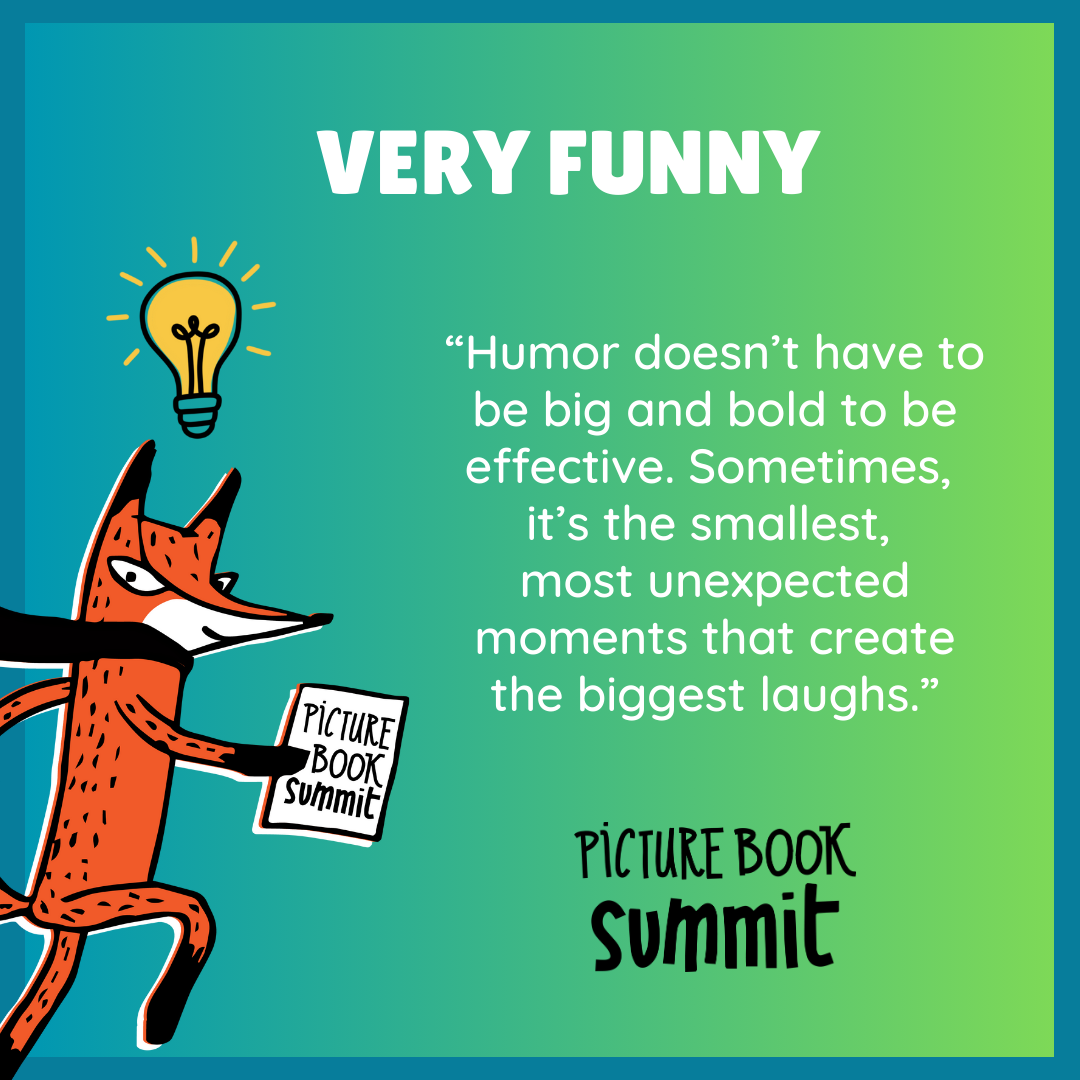 Humor has a magical way of making an old idea feel fresh. Whether it’s through witty dialogue, funny scenarios, or quirky characters, adding humor can completely transform your story. Think about unexpected moments where you can bring in some lightness or absurdity to surprise your readers.
Humor has a magical way of making an old idea feel fresh. Whether it’s through witty dialogue, funny scenarios, or quirky characters, adding humor can completely transform your story. Think about unexpected moments where you can bring in some lightness or absurdity to surprise your readers.
Humor has this incredible power to take a well-worn idea and make it feel brand new.
Whether through witty dialogue, funny scenarios, or quirky characters, humor has a way of giving even the most familiar concepts a delicious twist.
And in the world of picture books, humor can be the secret sauce that makes your story stand out from the crowd.
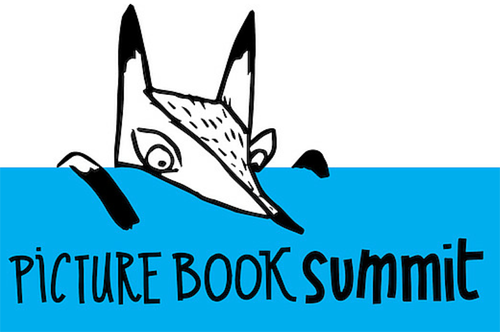


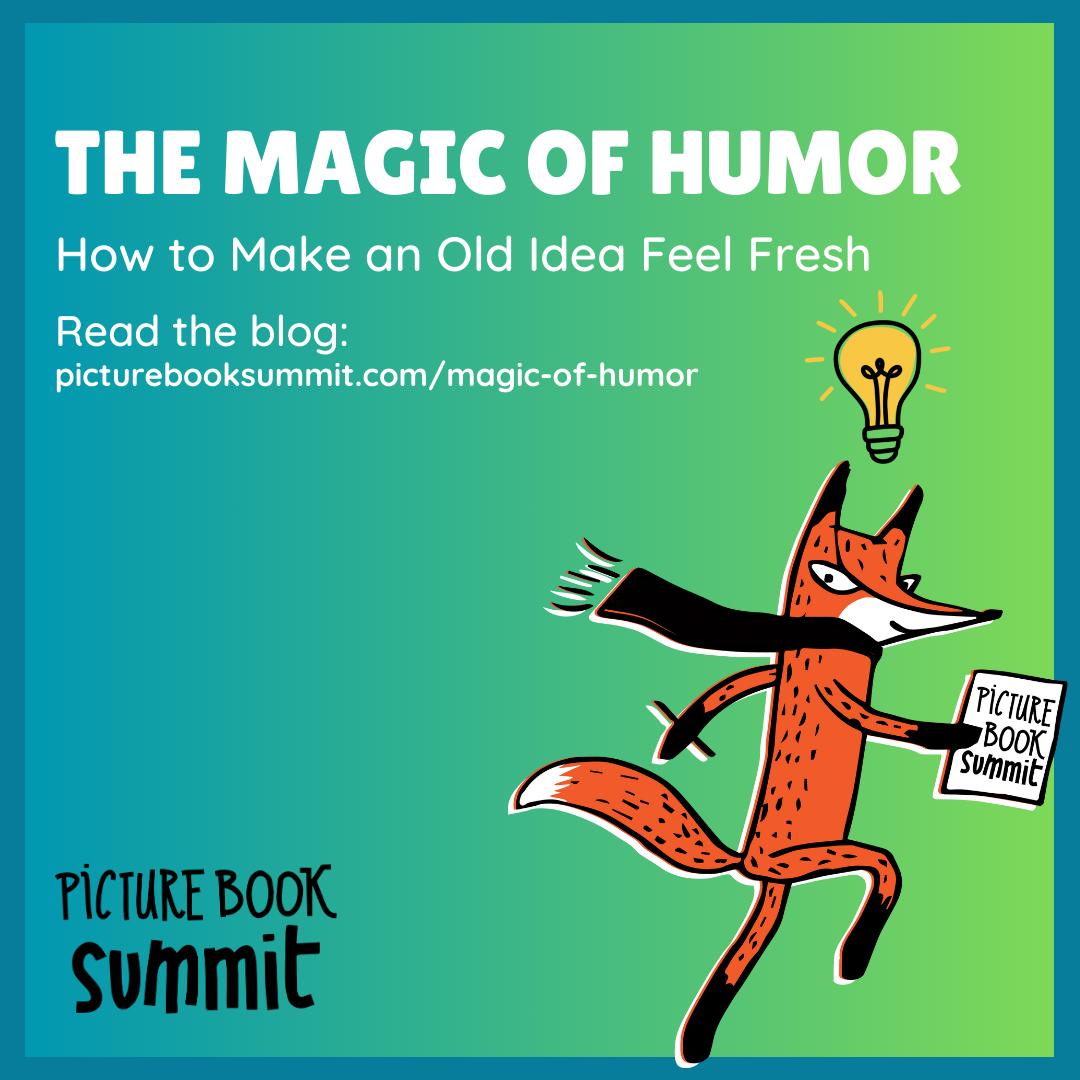
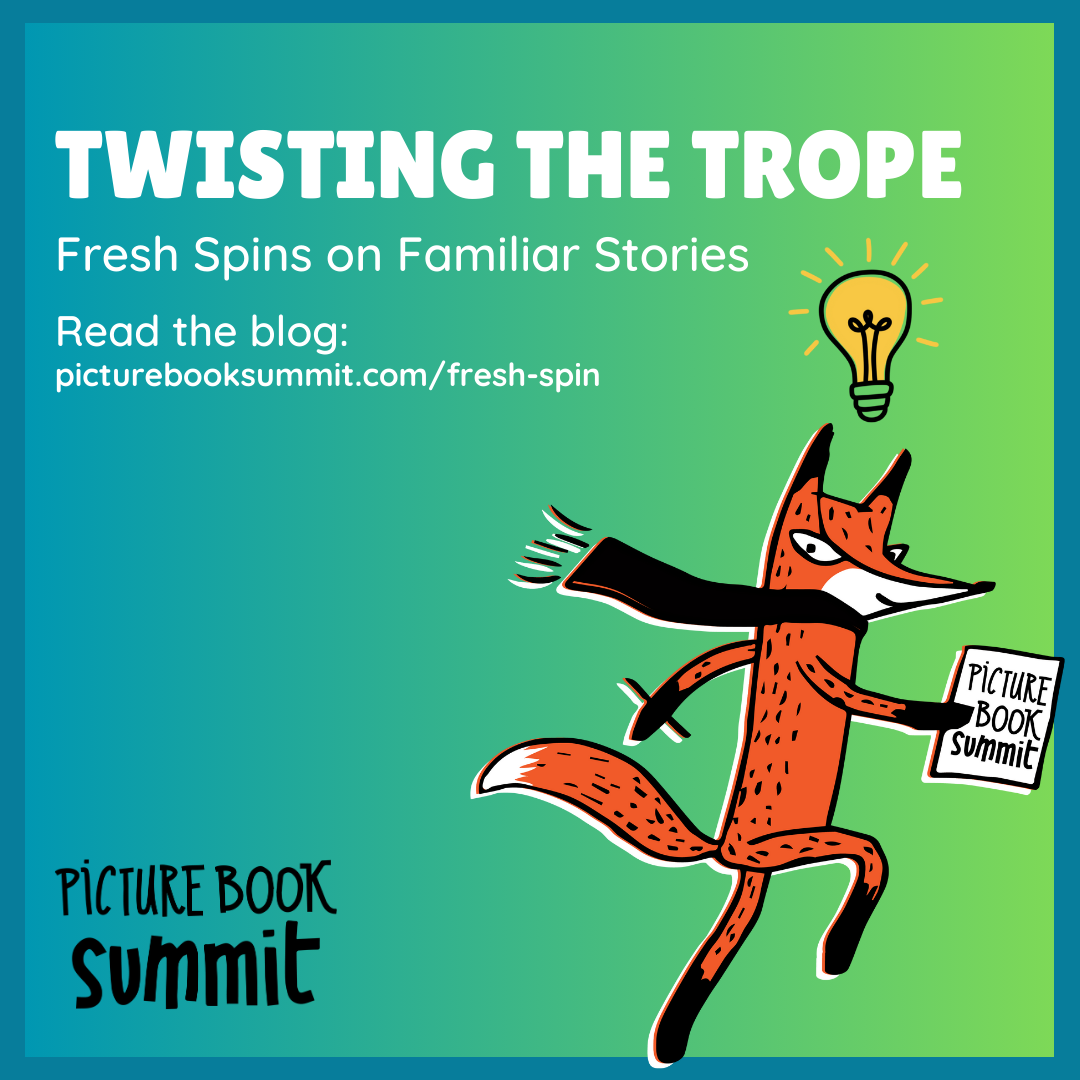
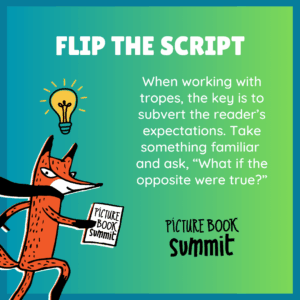
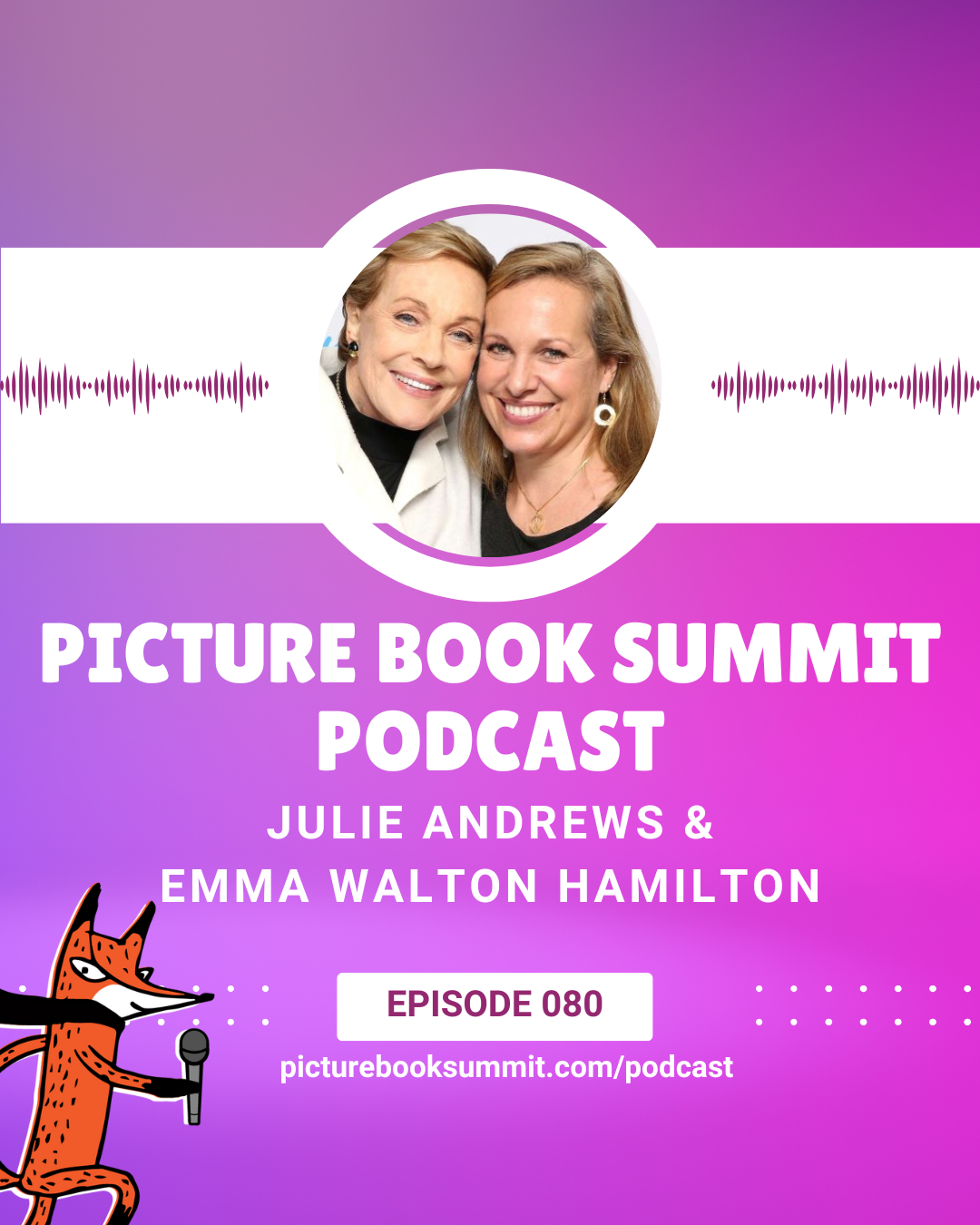
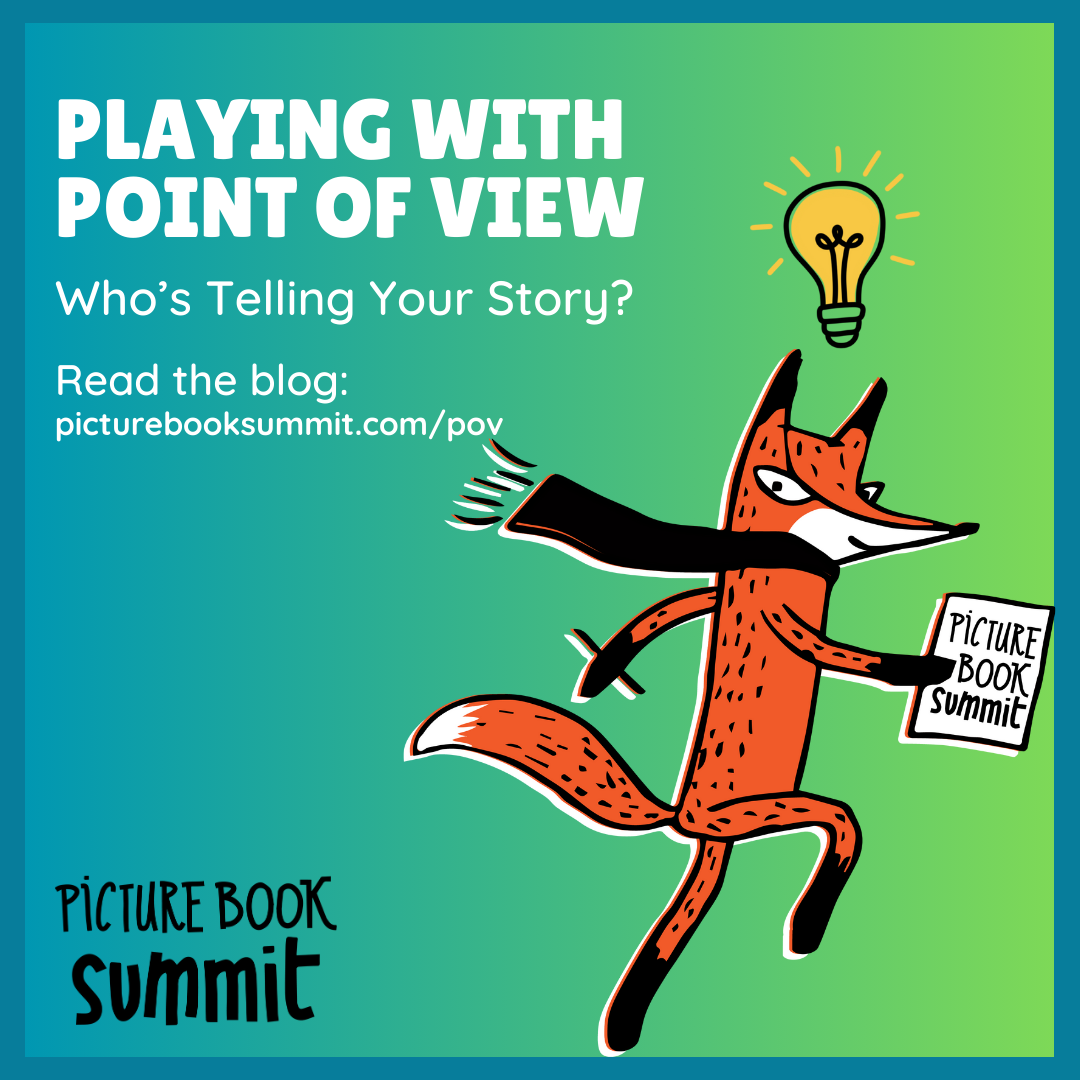
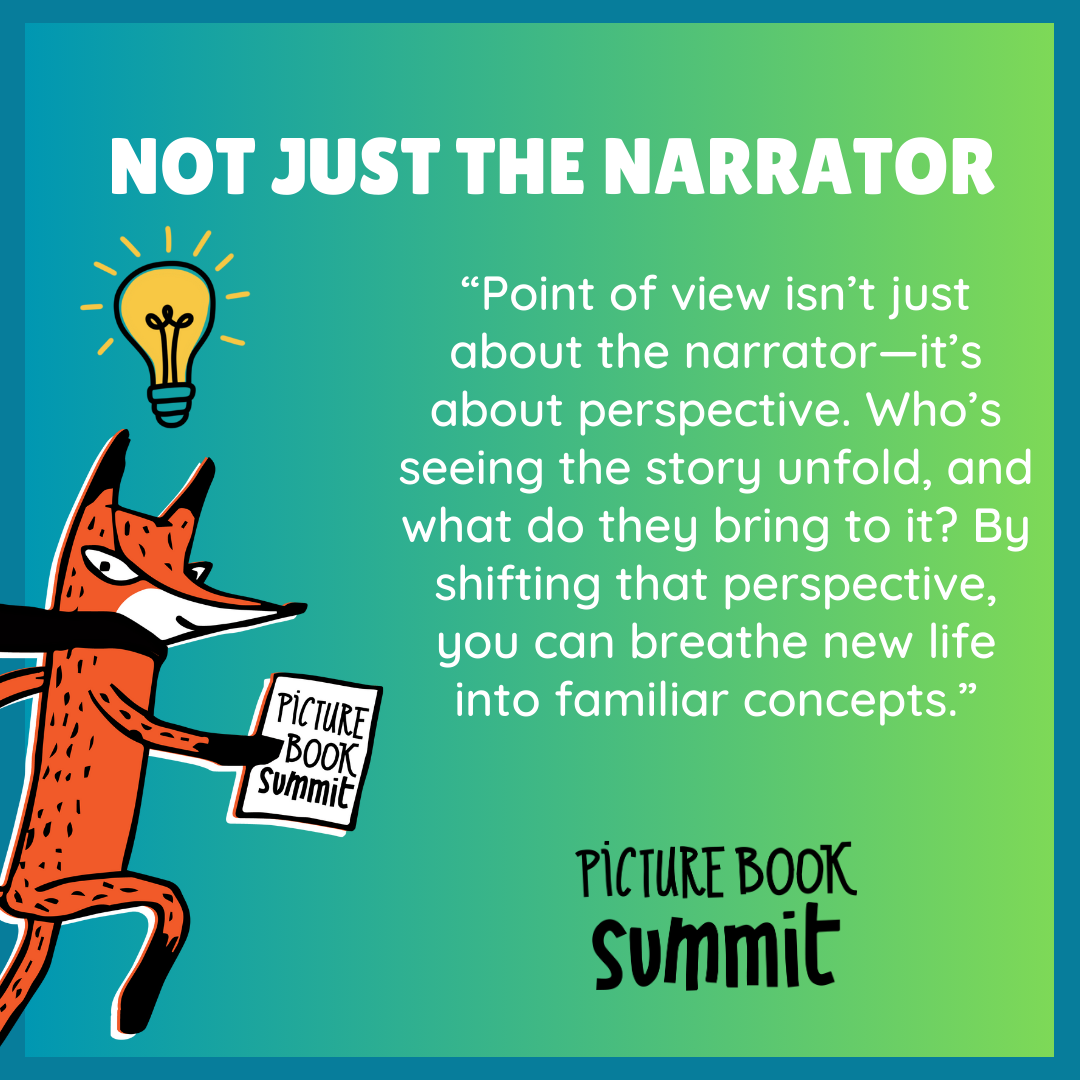
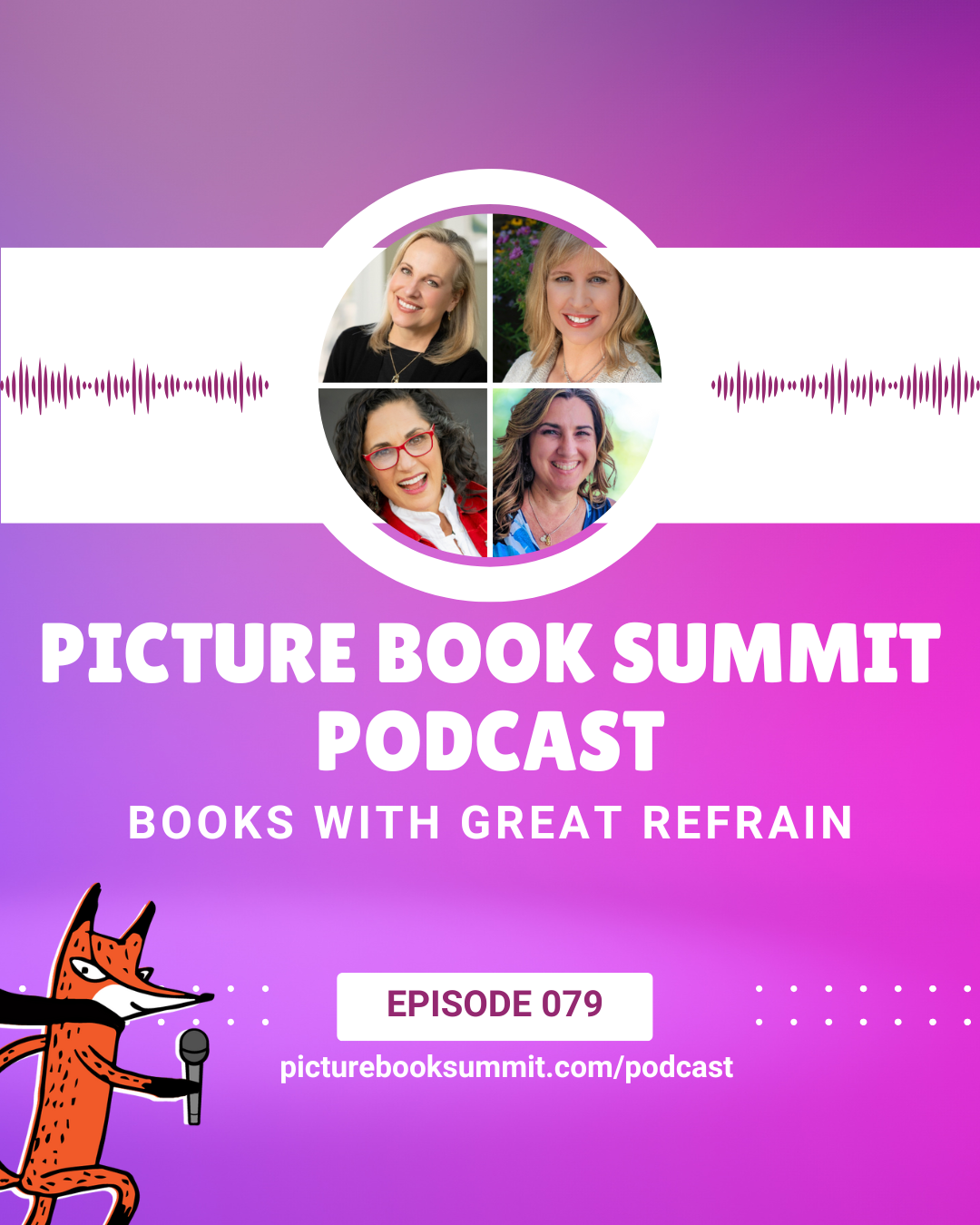
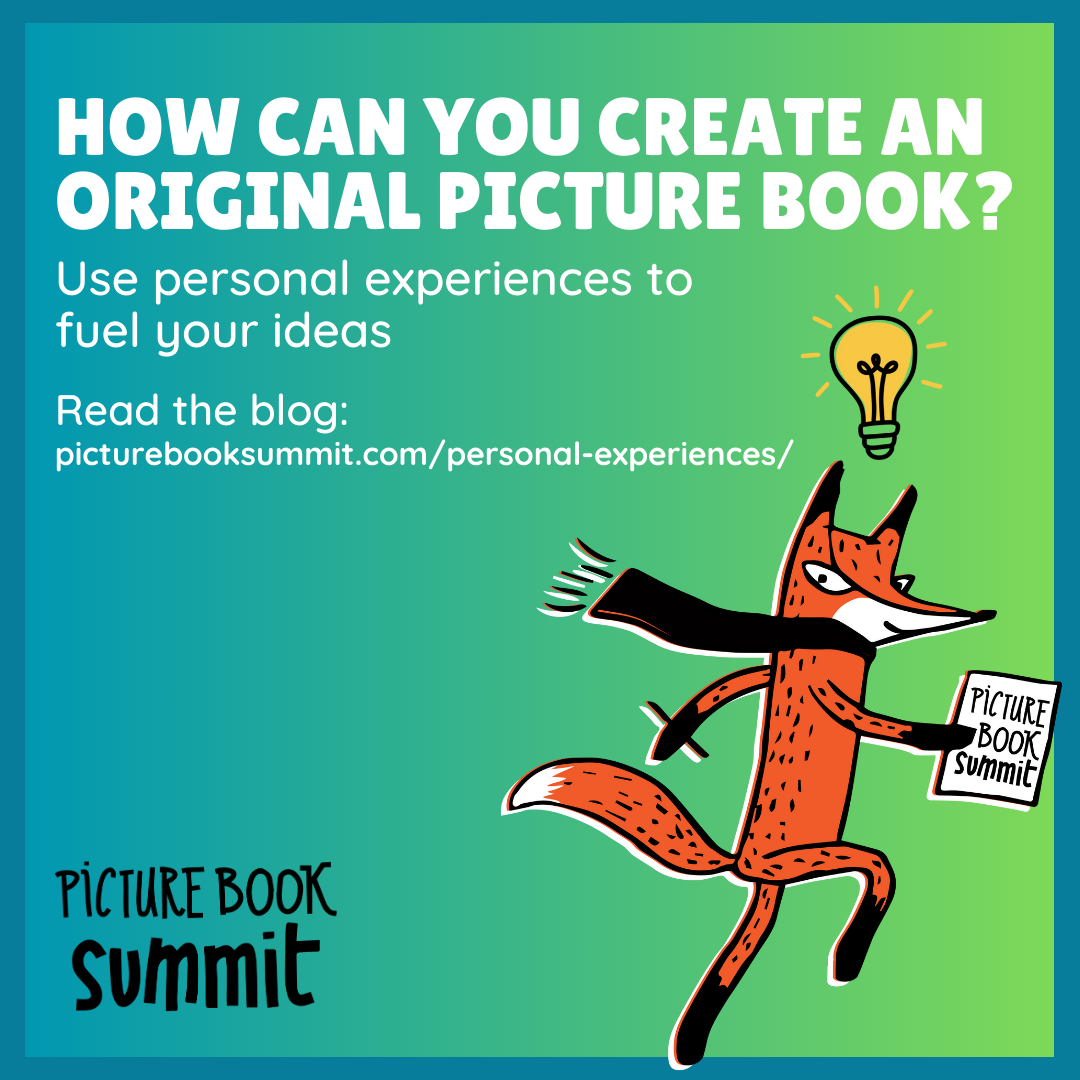
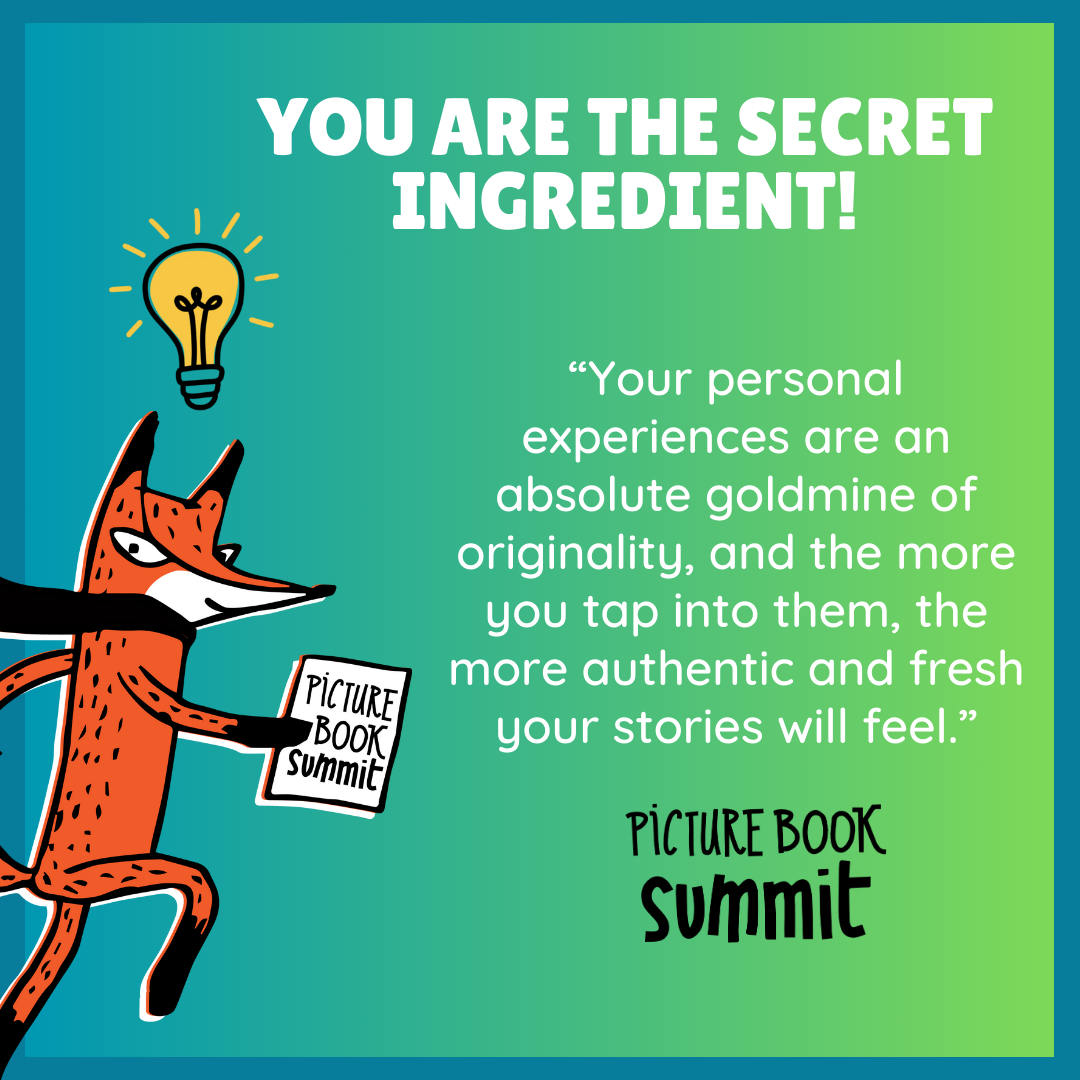
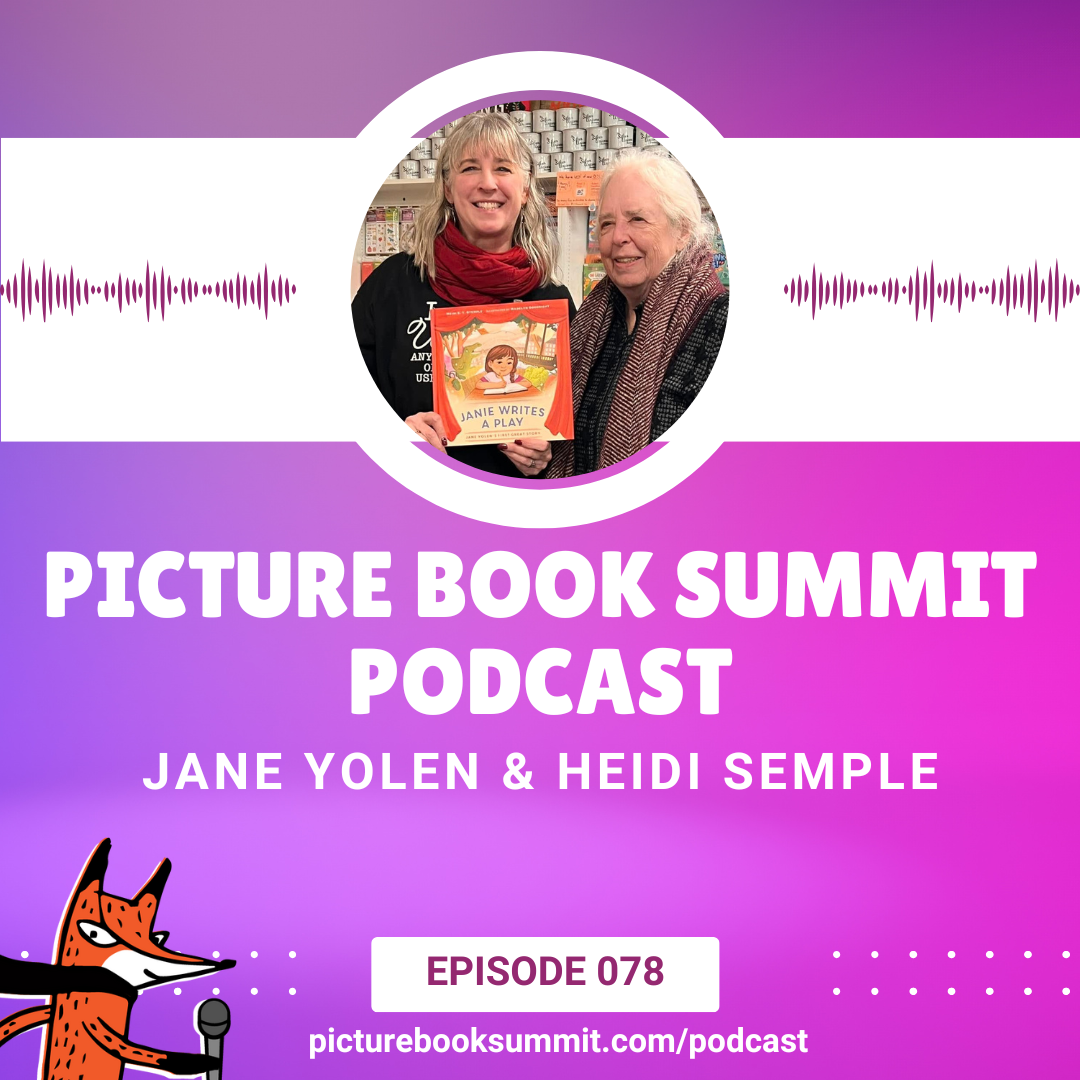
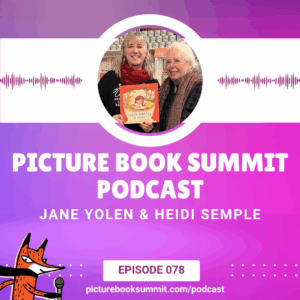 Today we bring you a special treat!
Today we bring you a special treat!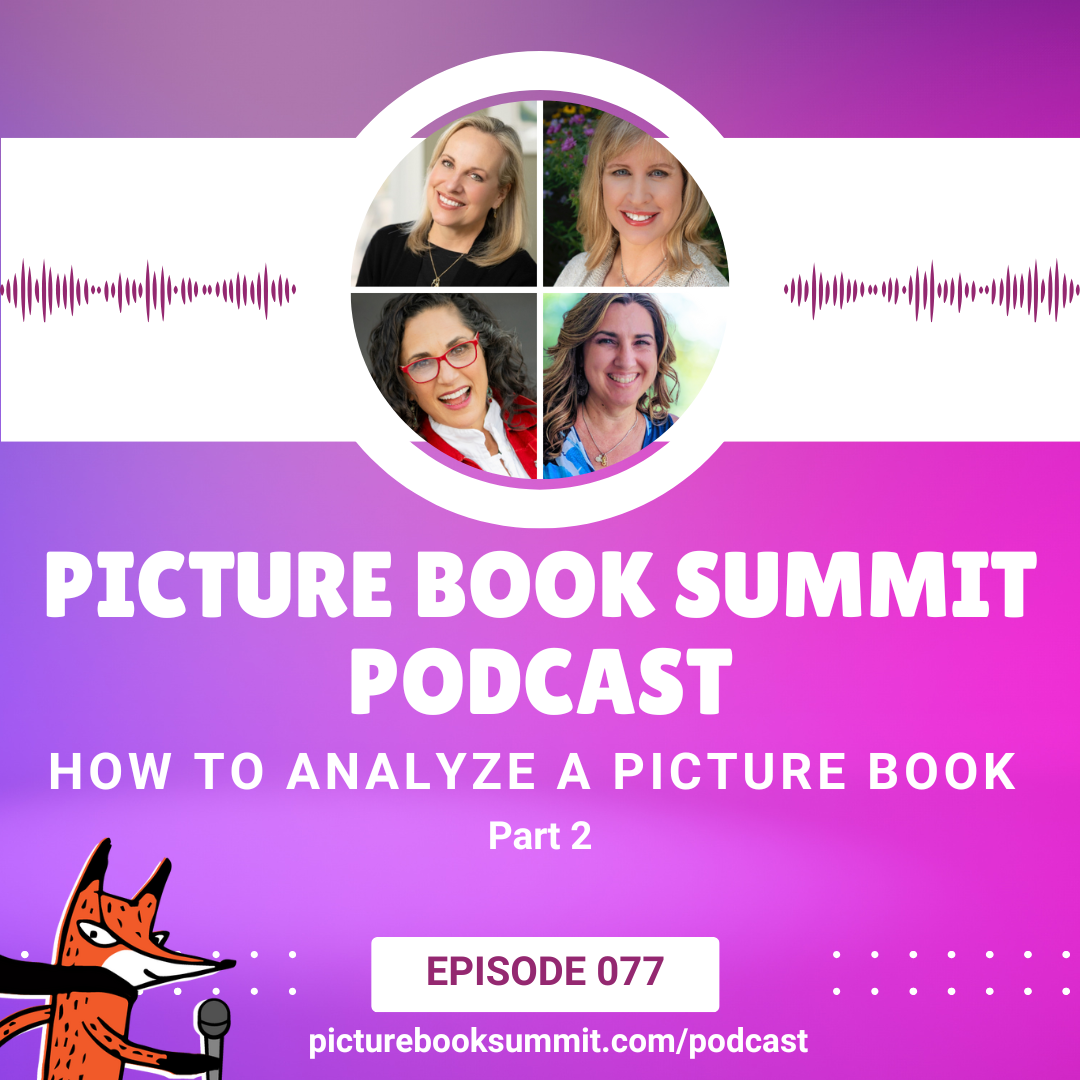
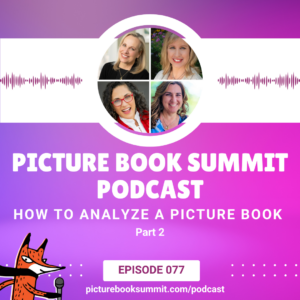 It’s time for How to Analyze a Picture Book – Part 2.
It’s time for How to Analyze a Picture Book – Part 2.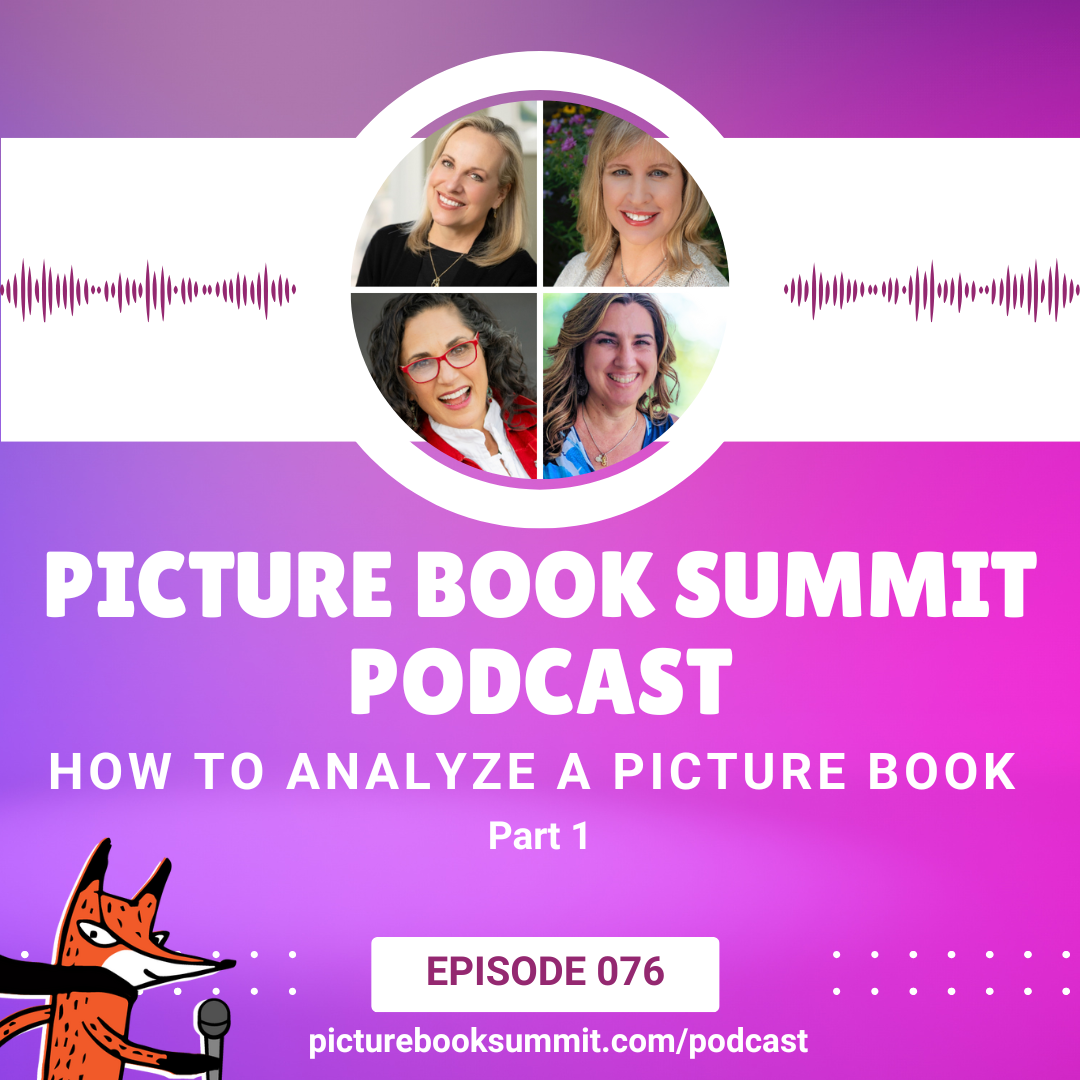
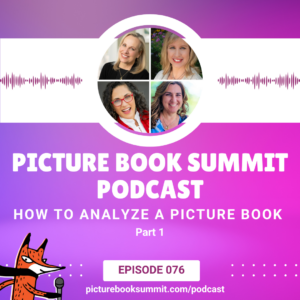 Today we share how to analyze a picture book.
Today we share how to analyze a picture book.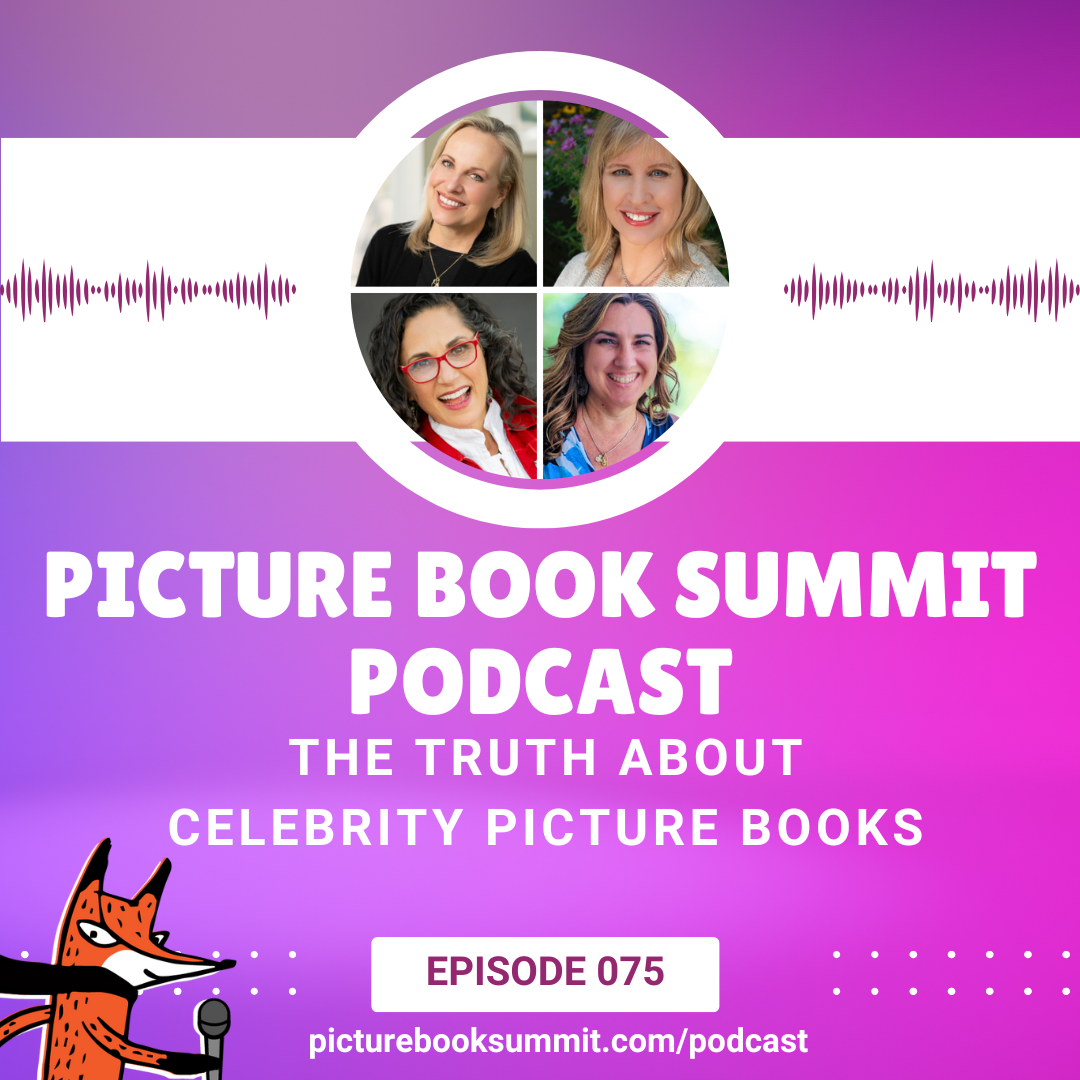
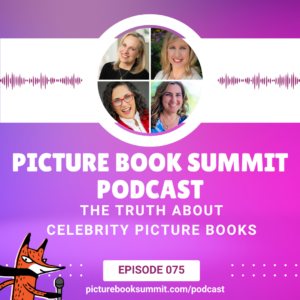 We tackle the touchy topic of celebrity picture books in today’s Picture Book Summit Roundtable discussion,
We tackle the touchy topic of celebrity picture books in today’s Picture Book Summit Roundtable discussion,